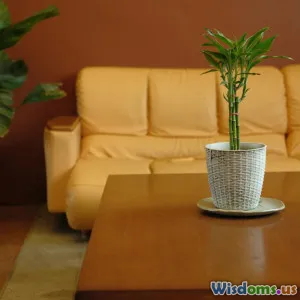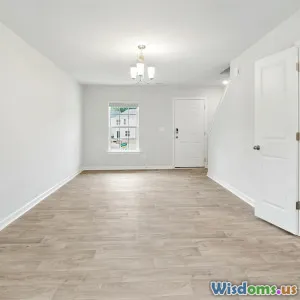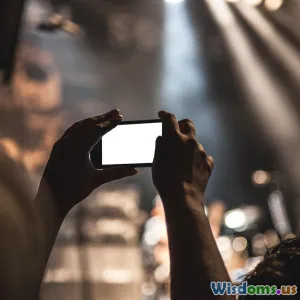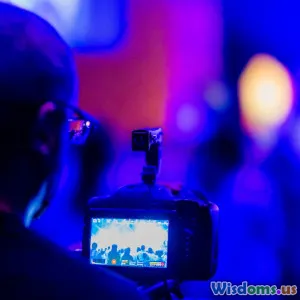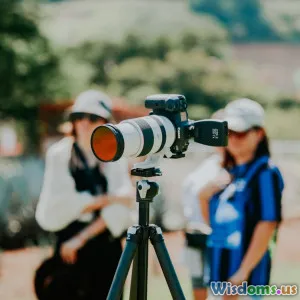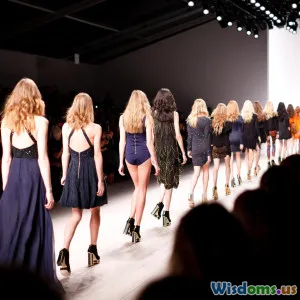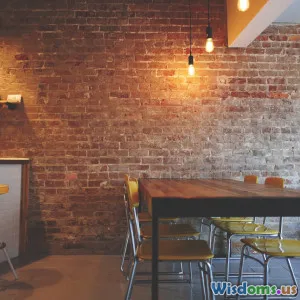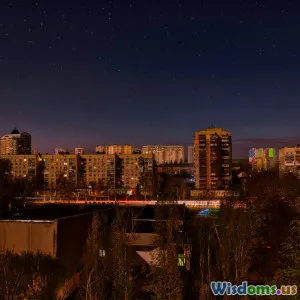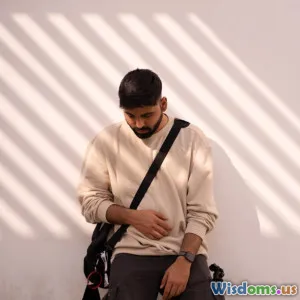
Daytime Versus Evening Shoots Which Sells Better
8 min read Explore the pros and cons of daytime vs. evening shoots to discover which timing sells better in photography and creative projects. (0 Reviews)
Daytime Versus Evening Shoots: Which Sells Better?
Photography is as much about art as it is about business. One often debated question among photographers, videographers, and marketers is: When do shoots sell better — during daylight or evening hours? Whether you’re capturing portraits, real estate, fashion, or advertising, the timing of your shoot impacts the final product and ultimately, its market success.
In this article, we dissect the strengths and weaknesses of both daytime and evening shoots, backed by industry data, real-world examples, and expert insights. By the end, you’ll grasp which time of day optimally sells your visual content depending on context and intended audience.
The Power of Light: Foundations of Daytime and Evening Shoots
Daytime Shooting: Natural Light Mastery
Daylight has long been lauded as the holy grail for photographers. The sun is an accessible, powerful light source that varies subtly throughout the day, offering a palette of moods:
- Golden Hour (Early morning and late afternoon): Provides soft, warm glows ideal for romantic and flattering portraits, making skin tones vibrant without harsh shadows.
- Midday Sun: While often criticized for producing hard shadows, midday is perfect for high-contrast imagery — think architectural shots or energetic lifestyle photos.
Example: National Geographic photographers consistently harness golden hour lighting for stunning wildlife shots because animals are also more active, resulting in authentic, compelling images.
On the commercial front, daytime shoots resonate well with buyers who seek authenticity and naturalism. Stock photo agencies report that images shot in natural daylight often perform better in lifestyle and corporate categories.
Evening Shooting: The Drama of Darkness and Artificial Light
While darkness might seem restrictive, evening shoots open endless creative possibilities. Artificial lighting, neon signs, and the soft illumination of street lamps or sunset backdrops inject mood and ambiance that daylight can’t replicate.
- Blue Hour (Twilight) captures a cool, ethereal quality that suits fashion editorials and atmospheric products like perfumes or luxury cars.
- Night Photography leverages contrast between darkness and light sources for dramatic storytelling.
Data Insight: Adobe Stock’s recent analysis shows a 20% increase in demand for moody, night-themed images during holiday seasons, as brands aim for festive, intimate visuals.
Evening shoots require greater technical expertise — balancing ISO, shutter speed, and artificial lights — but the payoffs include heightened emotion and uniqueness.
Marketability and Sales Performance: What Do Data and Trends Show?
Stock Photography and Content Market
Daytime images dominate stock photography platforms, especially in categories like business, wellness, and family. Users prefer images that feel bright, welcoming, and relatable.
However, niche markets have embraced evening or night photography, especially in tourism (cityscapes and urban life), music events, and nightlife businesses.
Stat: Shutterstock reports that images tagged with "night lifestyle" saw a 35% year-over-year sales growth between 2020-2023, reflecting shifting consumer interests.
Advertising and Branding
Brands carefully select shoot timing to align with their messaging:
- Daytime Shoots exude transparency, cleanliness, and optimism.
- Evening Shoots build mystery, sophistication, and exclusivity.
For example, Apple’s product ads frequently employ evening sets with dramatic lighting to reinforce sleekness and innovation, while Nike uses predominantly daytime imagery to capture energy and motion.
Social Media Impact
Platforms like Instagram and Pinterest have democratized visual consumption, shaping preferences. Nighttime aesthetic “blue hour” posts gather higher engagement in travel and fashion hashtags.
Influencers, like @michaelmatti on Instagram, use evening sessions to create visually striking content that draws more followers — translating into sponsored deal potential.
Technical and Logistical Considerations
Daytime Shoots: Easier But Demanding Awareness
While abundant light reduces the need for additional gear, the changing sunlight throughout the day demands quick adaptability. Photographers must manage:
- Shifting shadows
- Color temperature inconsistencies
- Harsh light at midday
Evening Shoots: Technical Challenge With Distinctive Results
Requires specialized equipment such as:
- Portable LED lights
- Reflectors
- Tripods
Furthermore, longer exposure times can introduce motion blur, needing a controlled environment. However, evening shoots often command higher rates due to their complexity and exclusivity.
Real-World Examples and Case Studies
Case Study 1: Real Estate Photography
Industry data shows homes shot during daylight generally sell faster online due to vibrant, natural lighting showcasing details clearly. Realtor.com found listings with daytime photos saw 17% higher inquiries.
Conversely, luxury commercial properties sometimes use night shots highlighting illuminated architecture to evoke prestige.
Case Study 2: Fashion Campaigns
High-end designers like Chanel often mix both with runway evening shows shot under controlled lights for drama, and daylight images for catalogues promoting accessibility.
In 2022, a Milan fashion campaign by Gucci featured evening city backdrops and reported a 12% higher social engagement compared to previous daytime-only campaigns.
Consumer Psychology and Emotional Impact
Studies reveal that light impacts mood and behavior:
- Bright daylight imagery triggers feelings of happiness and productivity.
- Darker, evening shots evoke curiosity and intimacy.
Knowing your target audience and product is essential to leveraging shoot timing strategically for sales optimization.
Conclusion: Which Shoots Sell Better?
The answer: It depends. For mass-market appeal, products, or services needing clarity and warmth: daytime shoots are preferred. For niche markets craving uniqueness, drama, and emotional storytelling: evening shoots have an edge.
Professionals should consider the nature of their project, client desires, and target demographics. Using a blend of both provides versatility to cater to diverse sales channels.
Actionable Tip: Test both lighting scenarios for your specific niche and analyze sales data. Continuous adaptation ensures your creative work doesn’t just look stunning but sells better.
References:
- Shutterstock Market Reports 2023
- Realtor.com Real Estate Photography Study, 2022
- Adobe Stock Image Trends, 2023
- Interviews with photographers from National Geographic and leading advertising agencies
Rate the Post
User Reviews
Popular Posts










